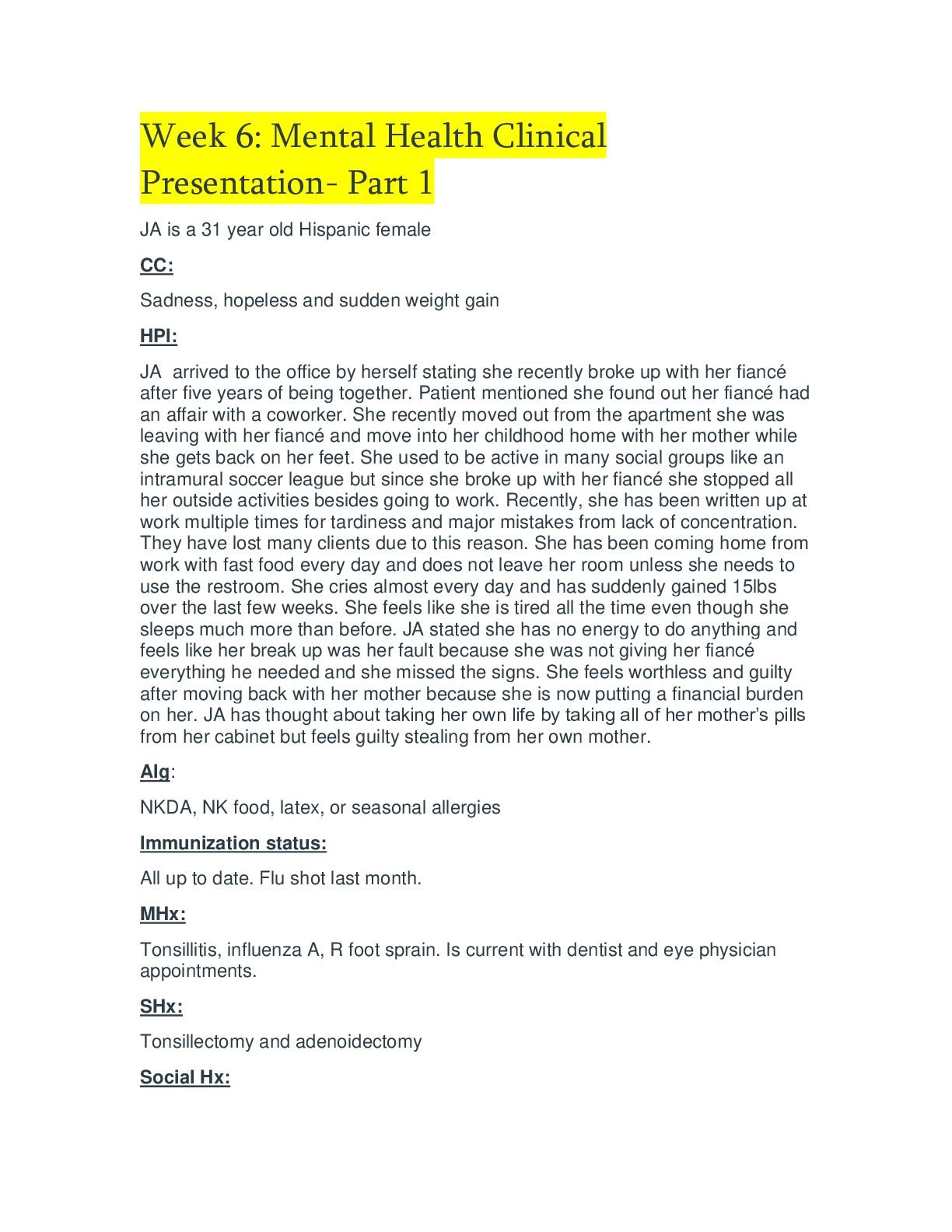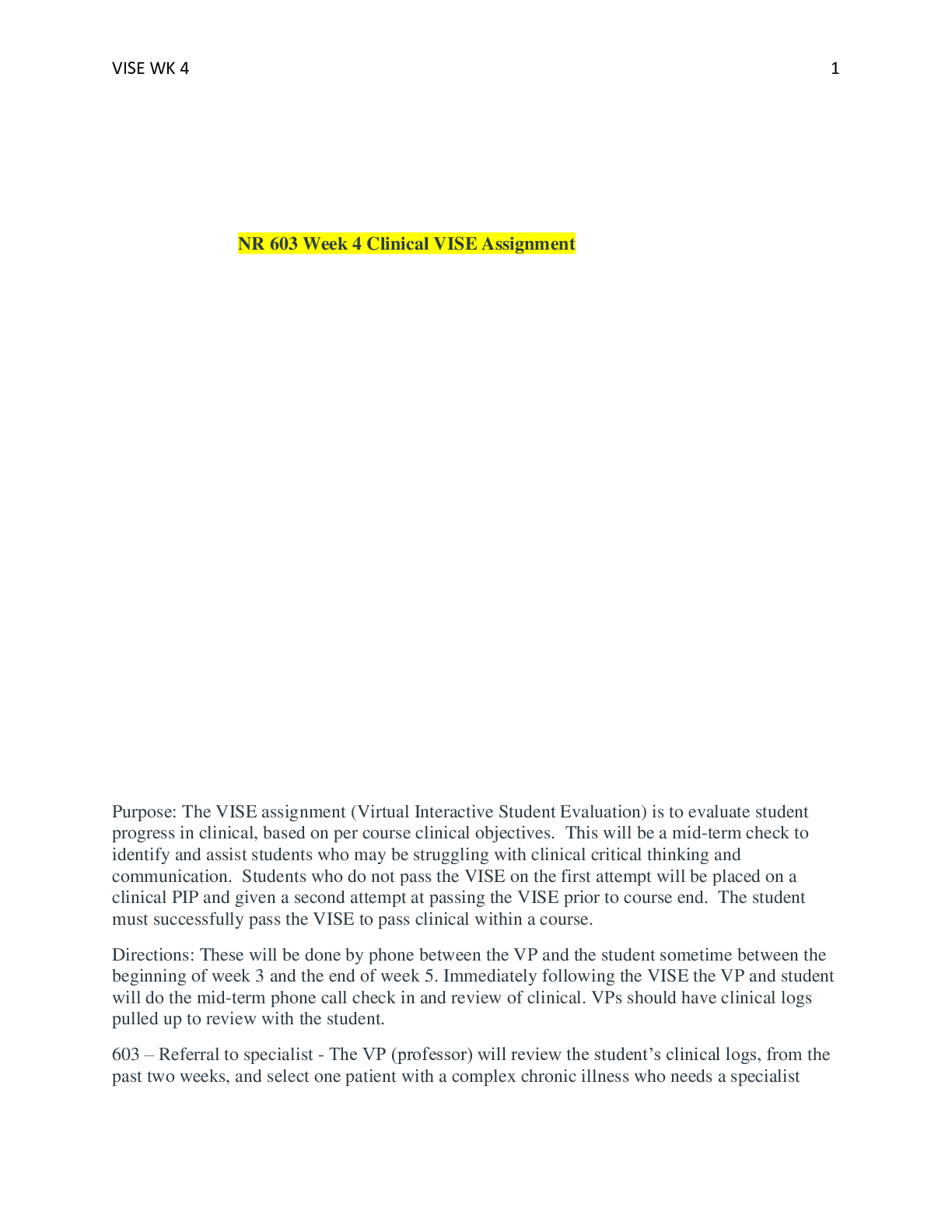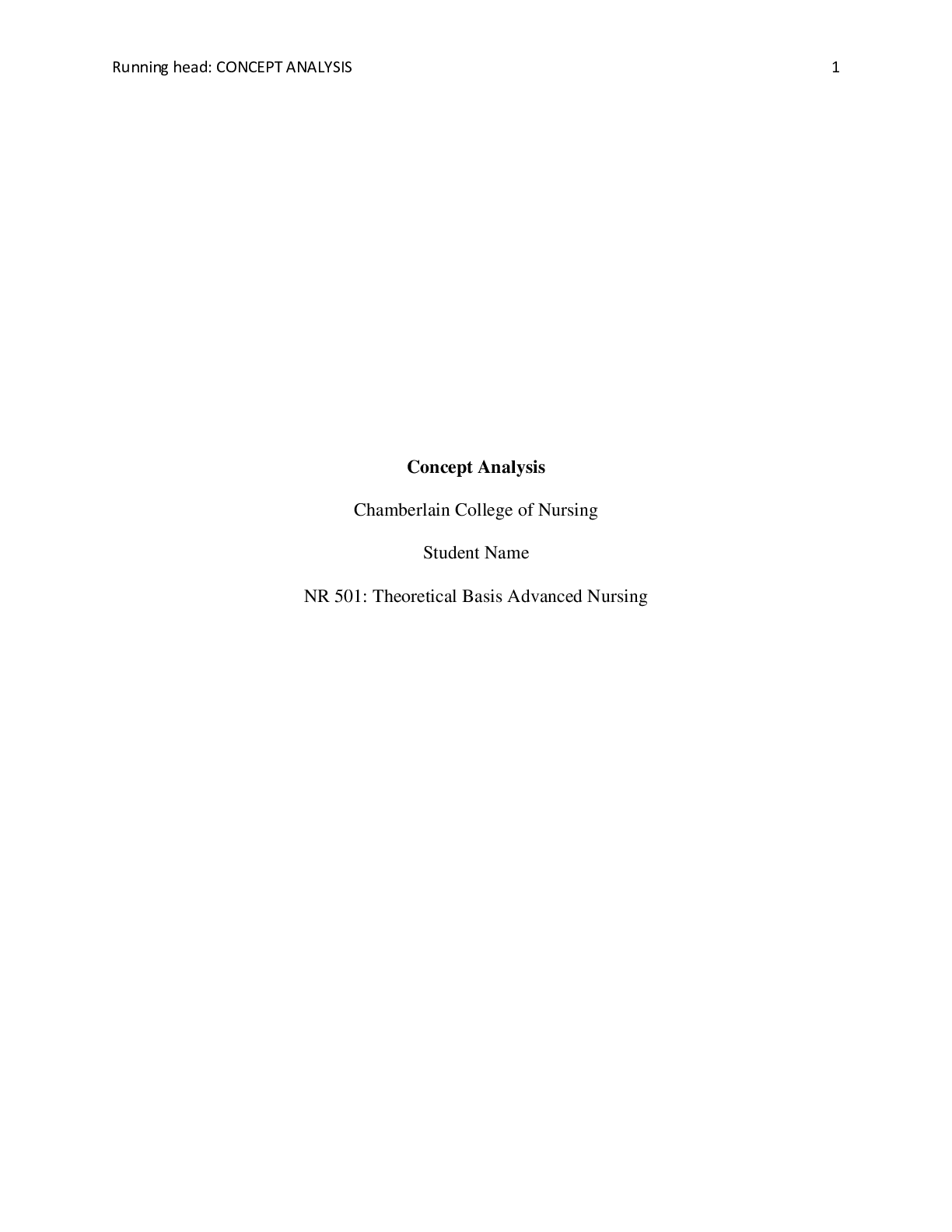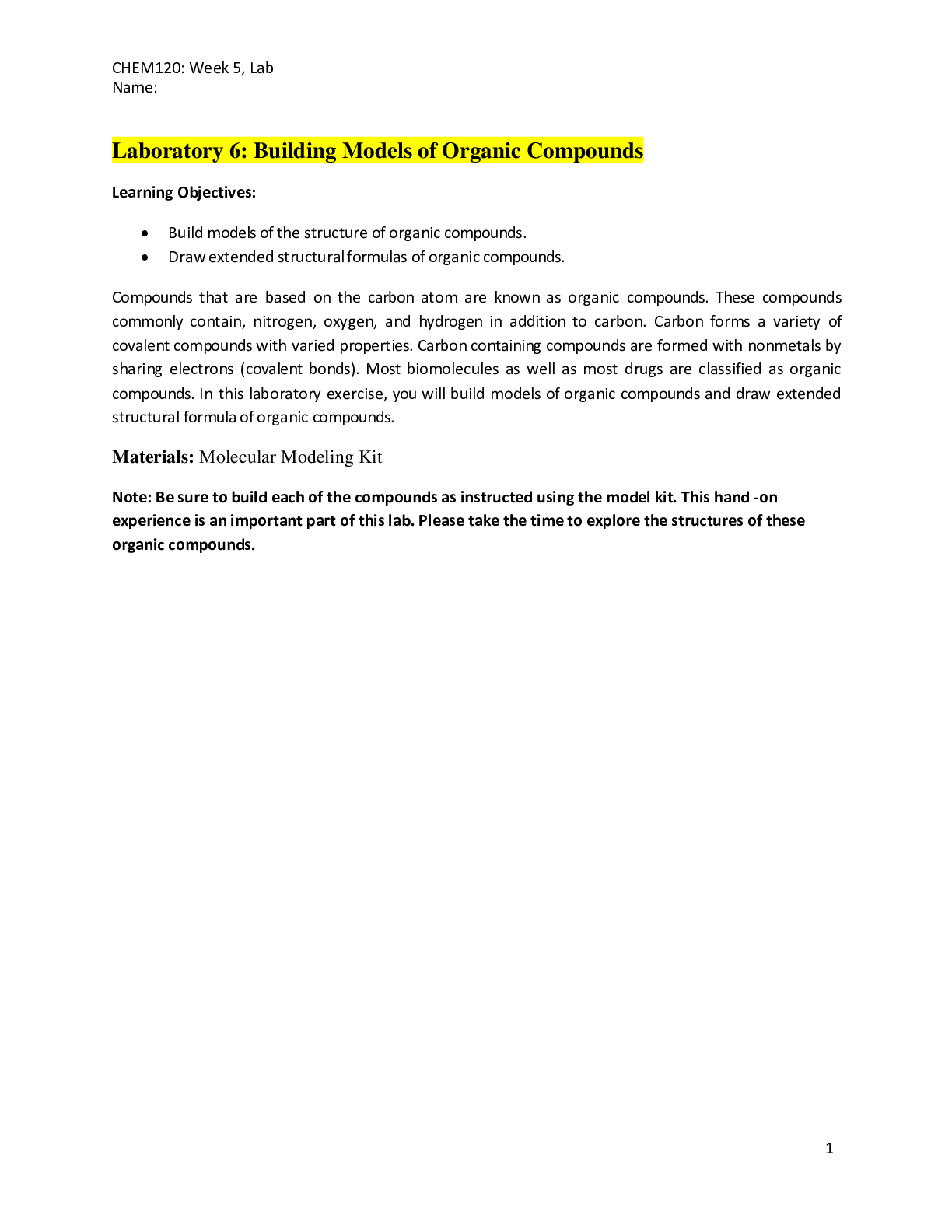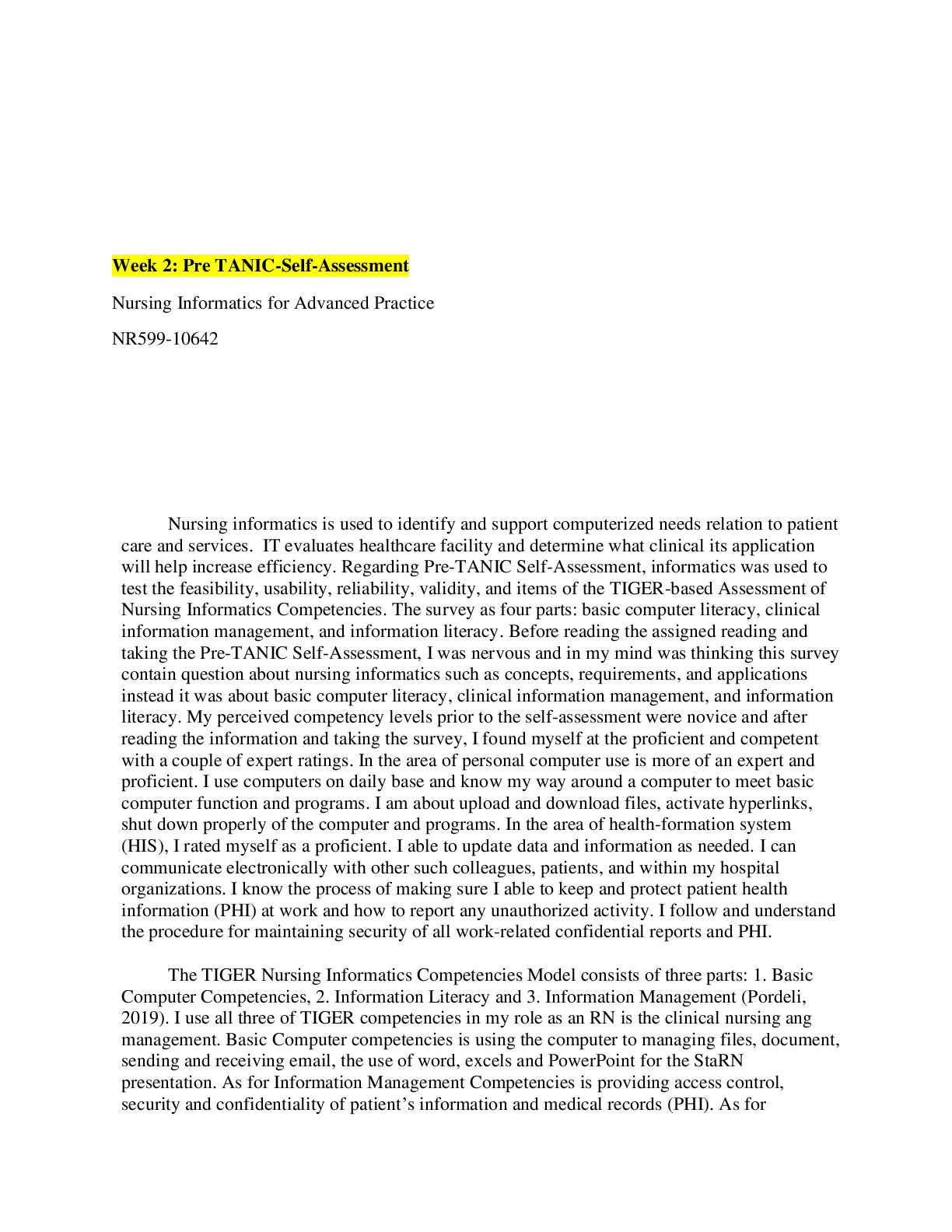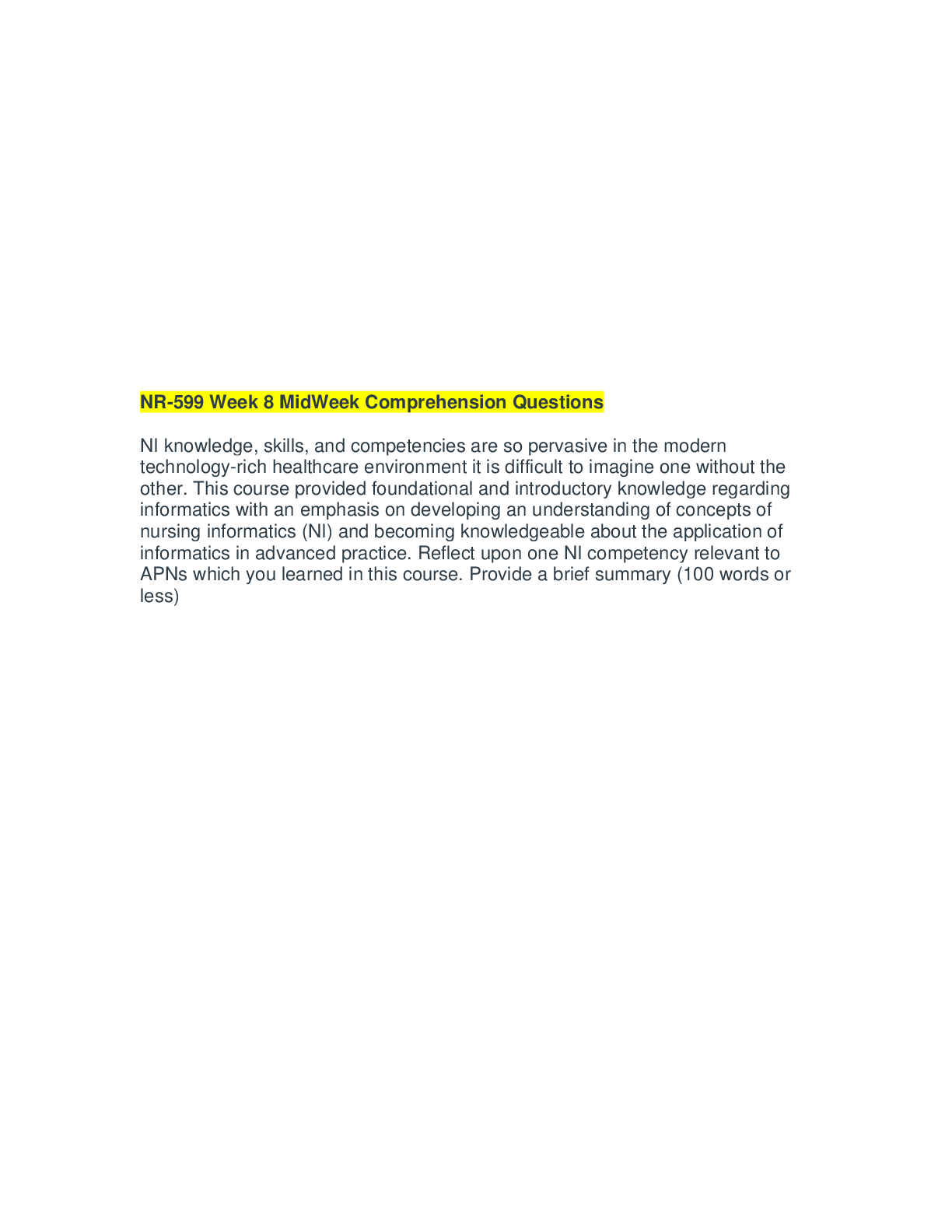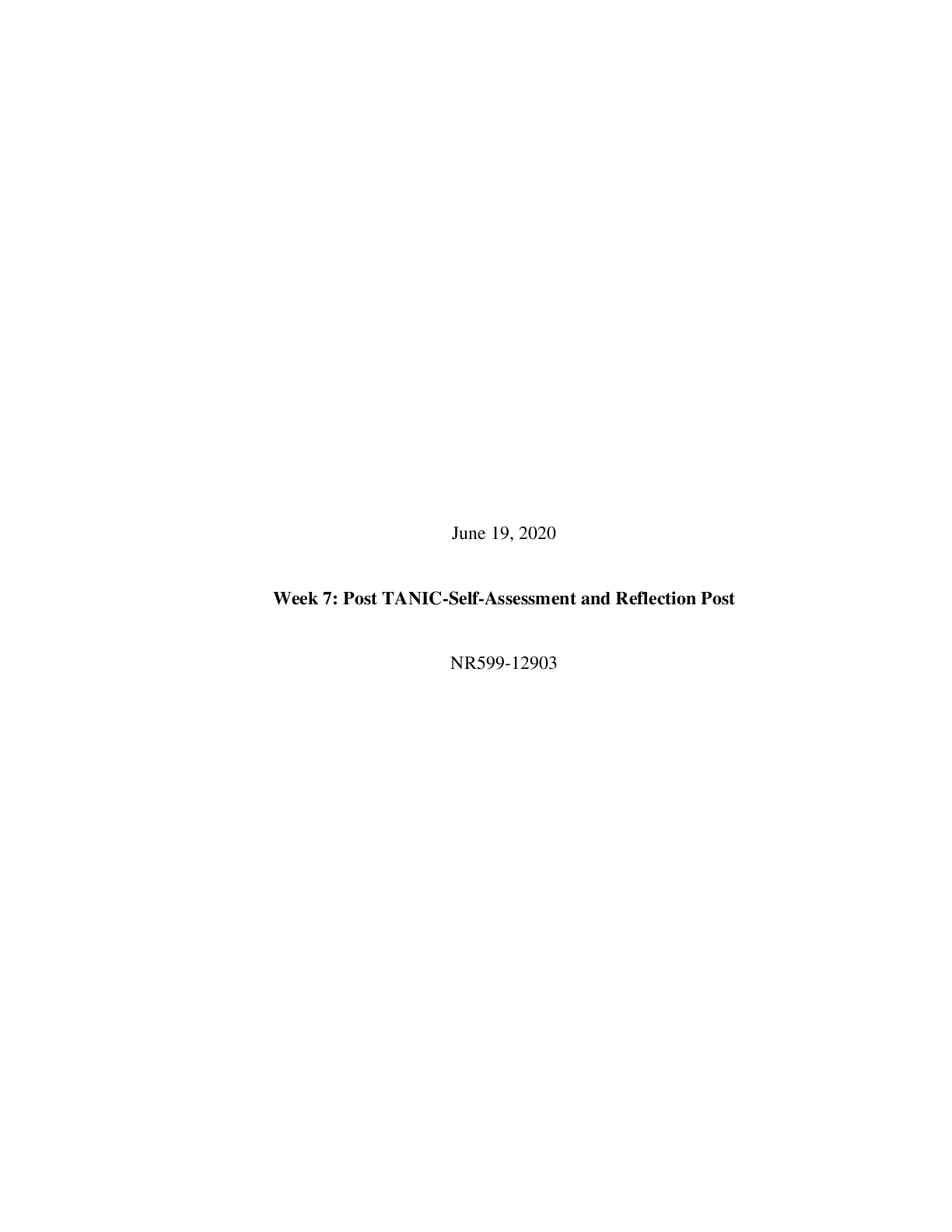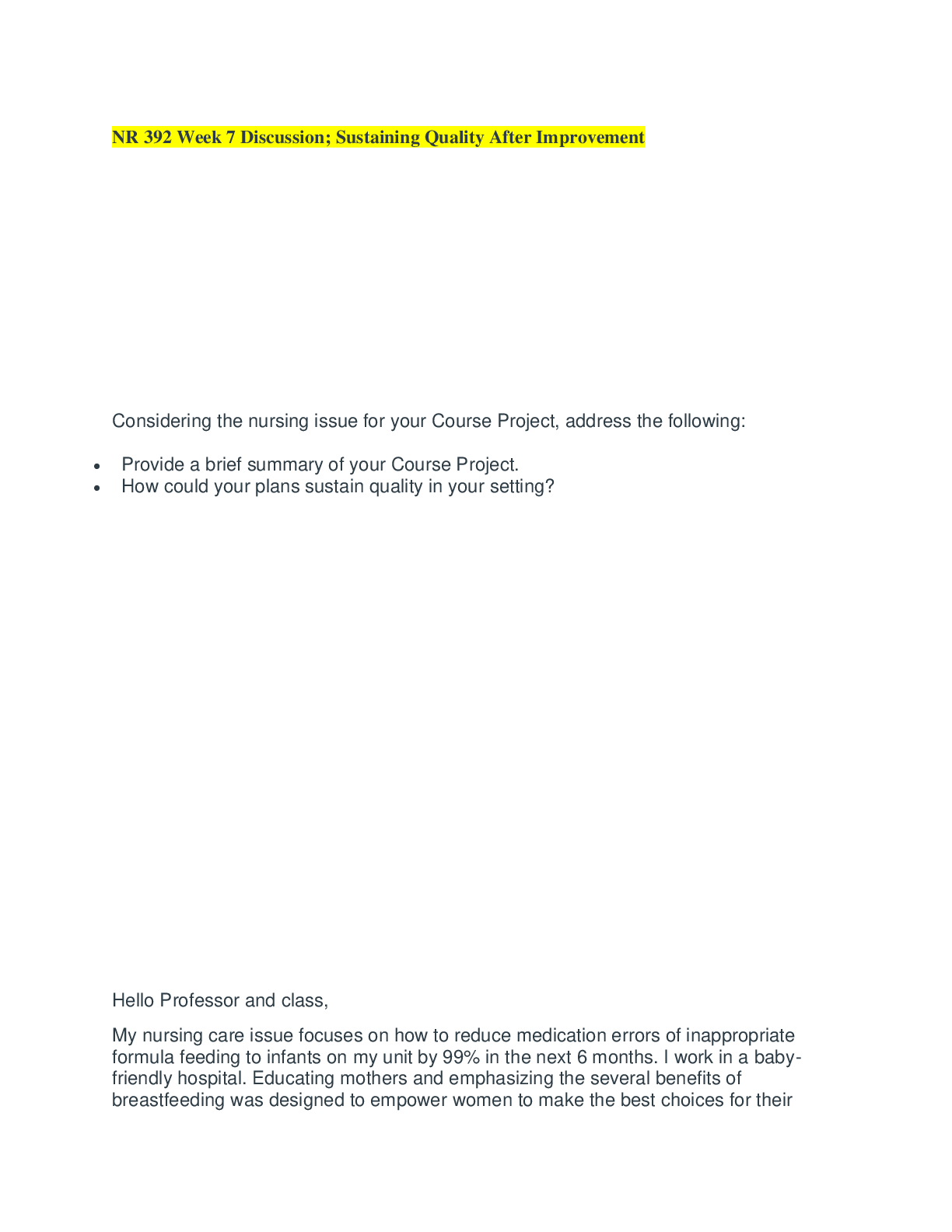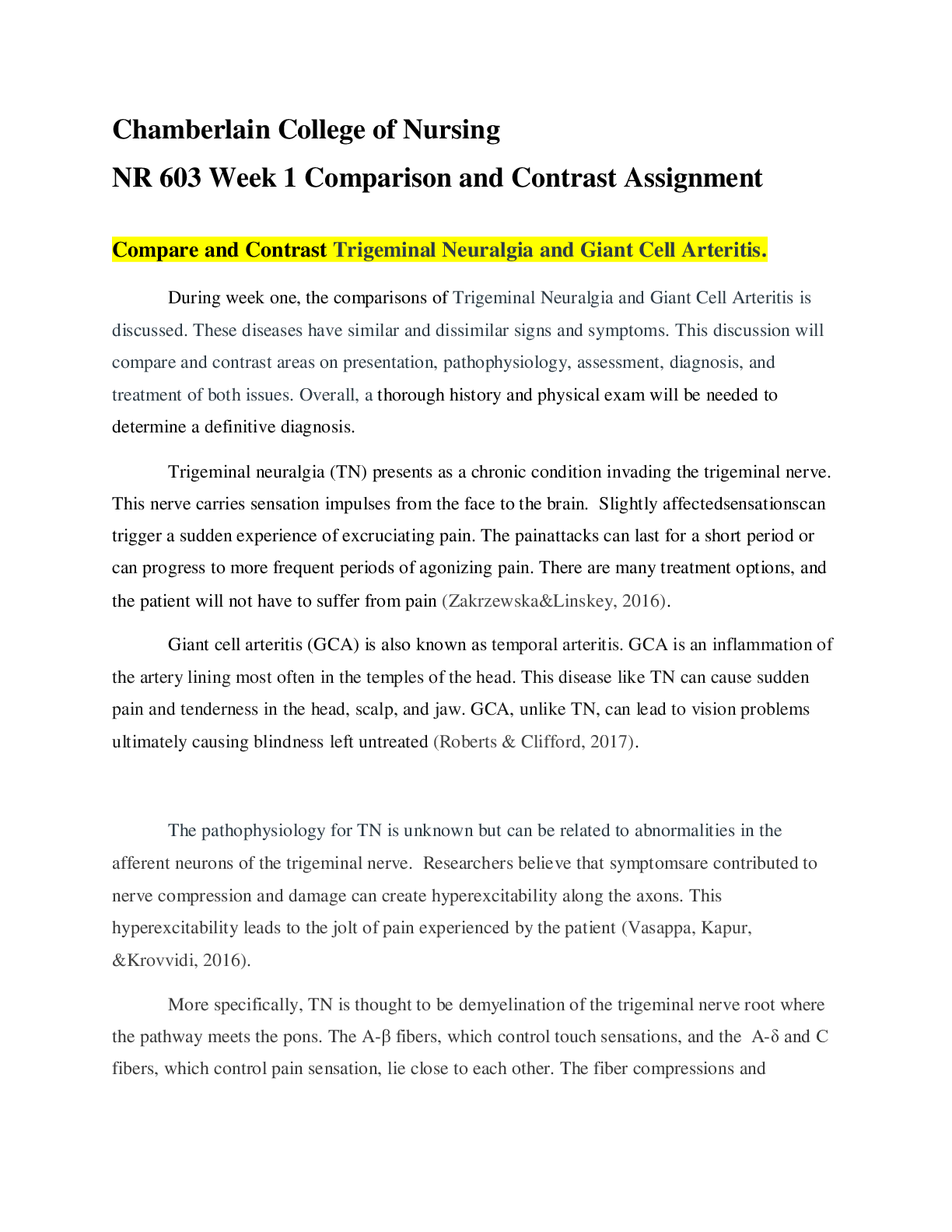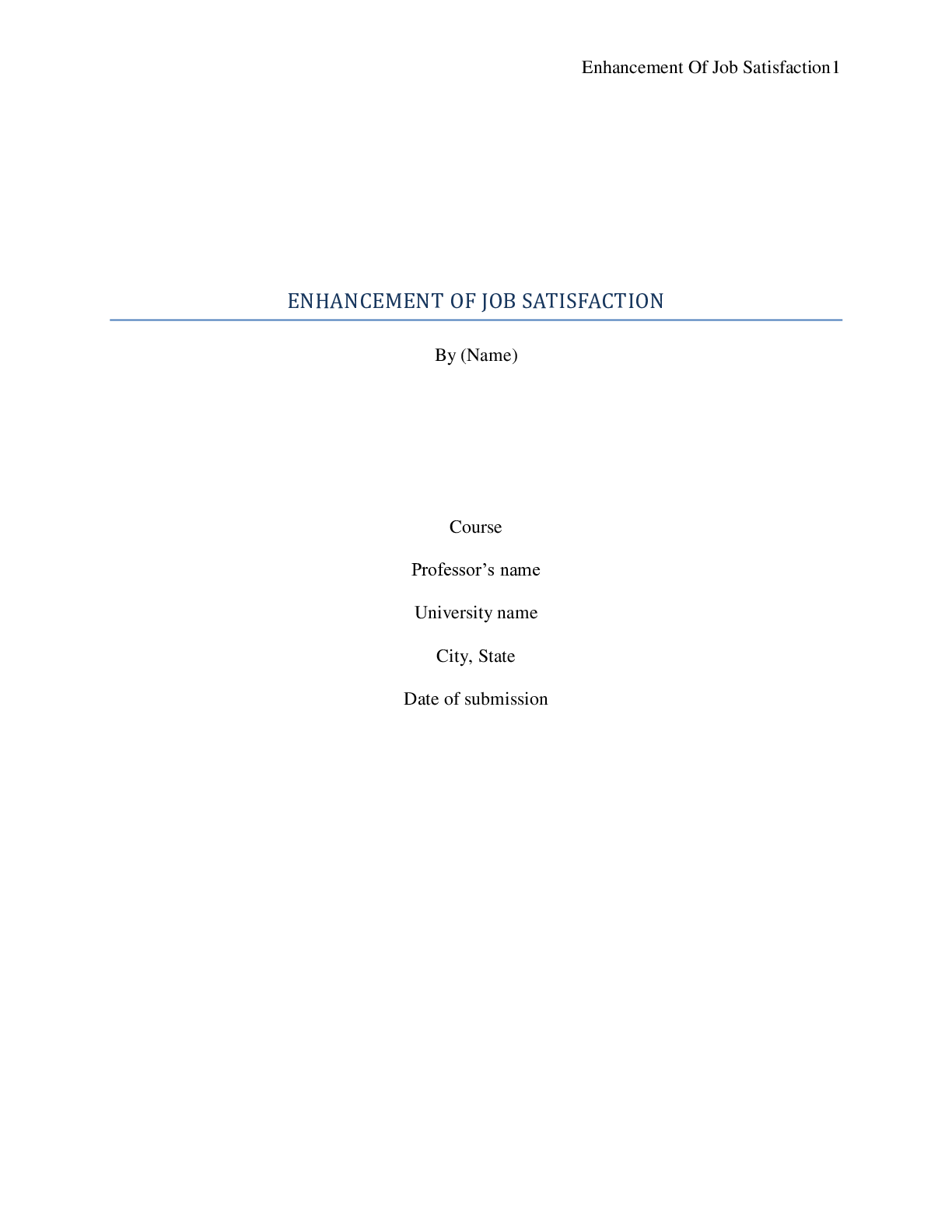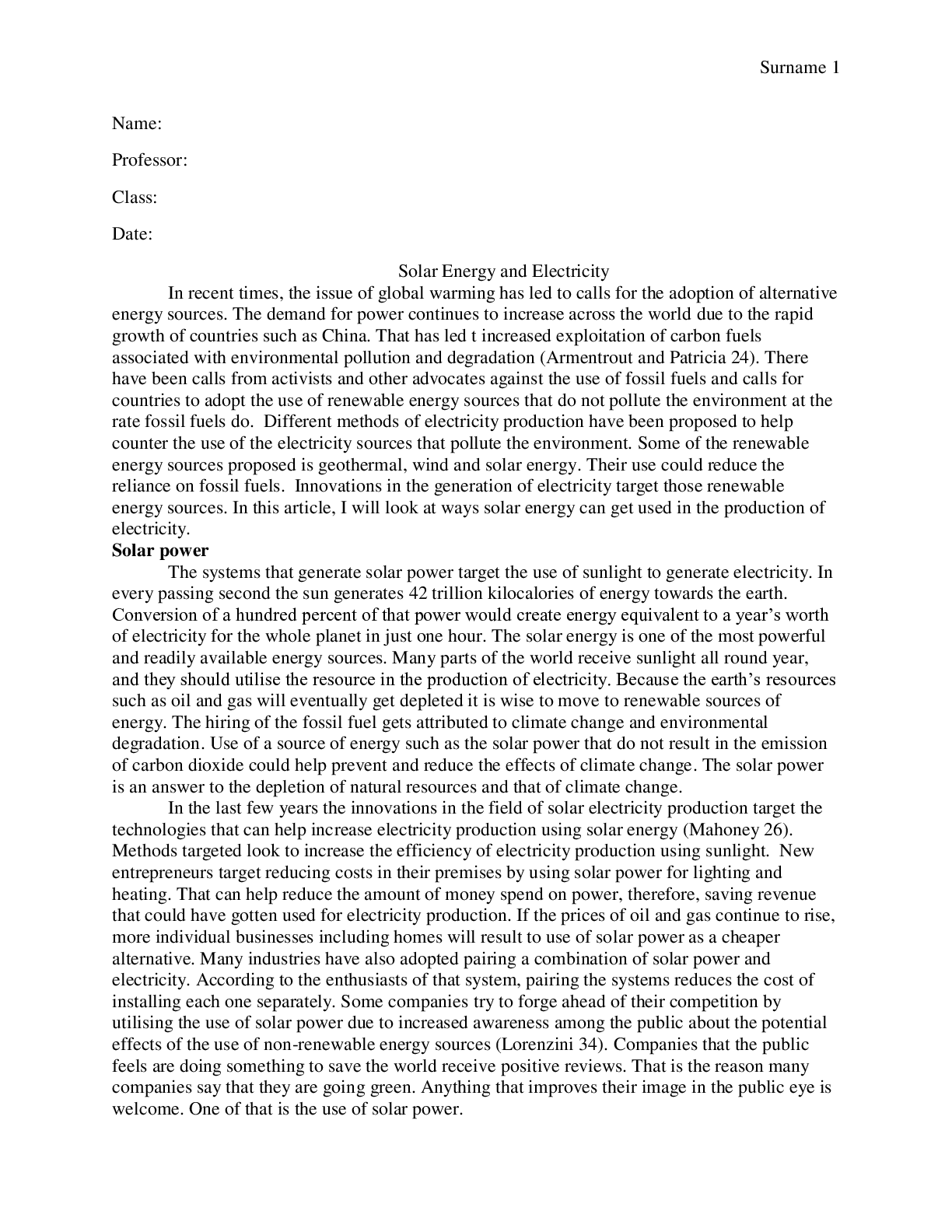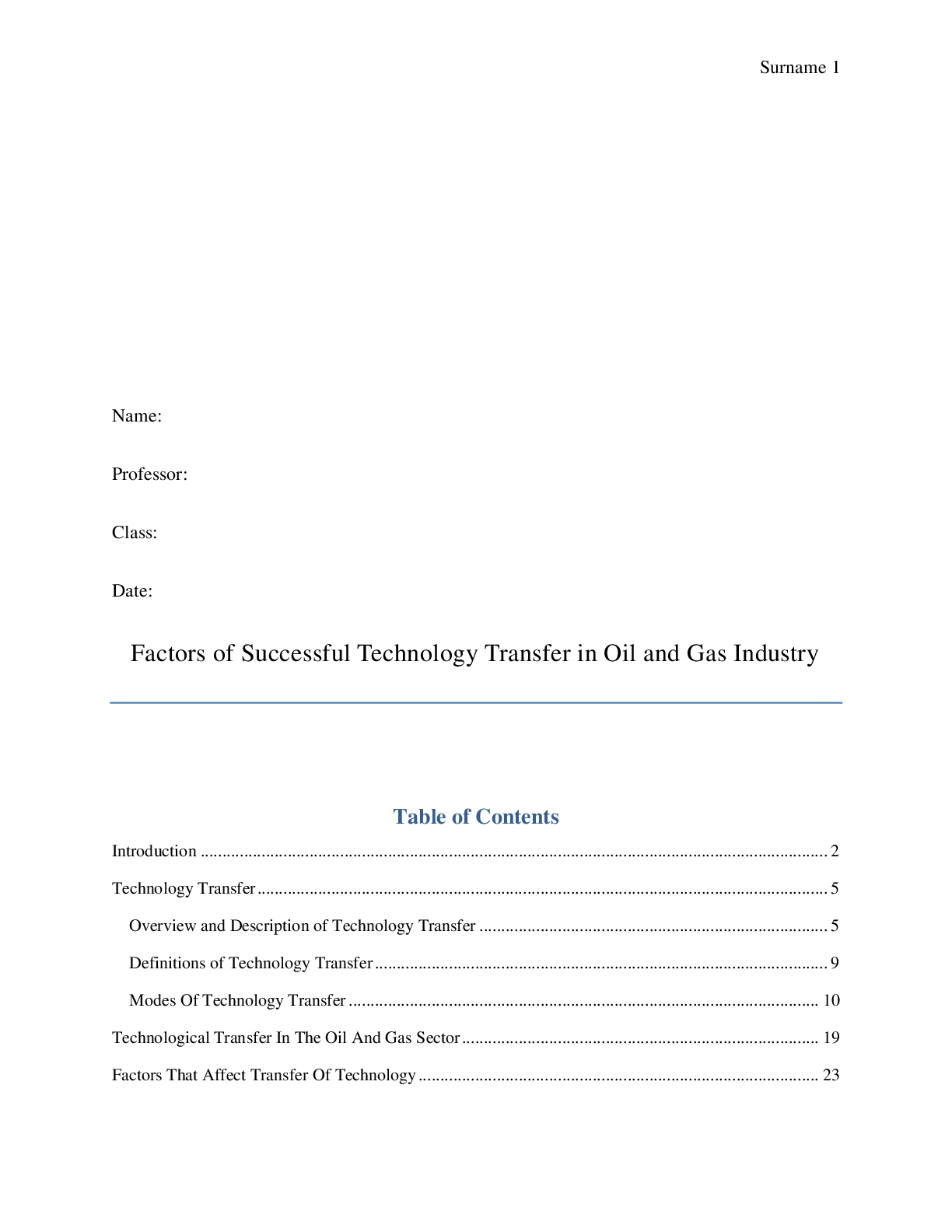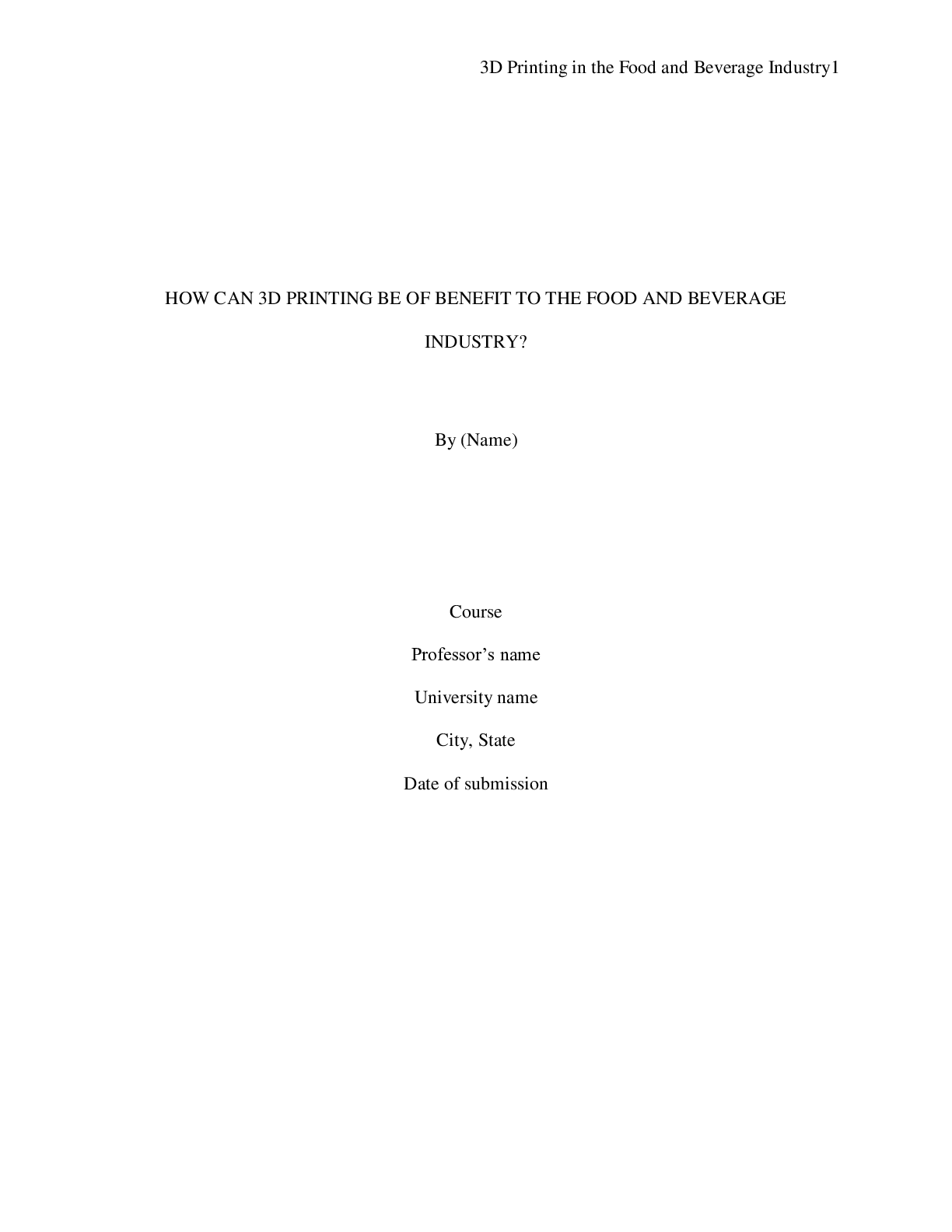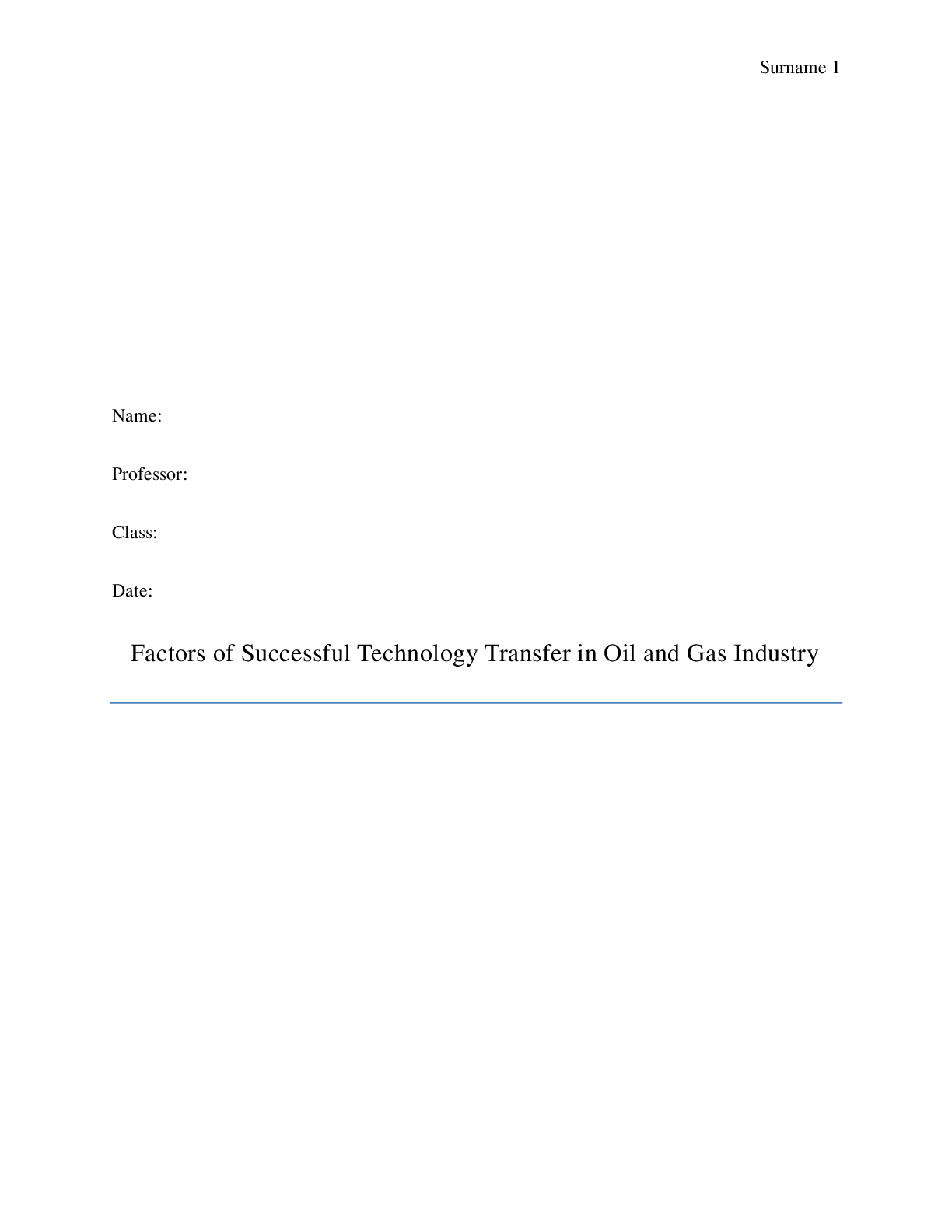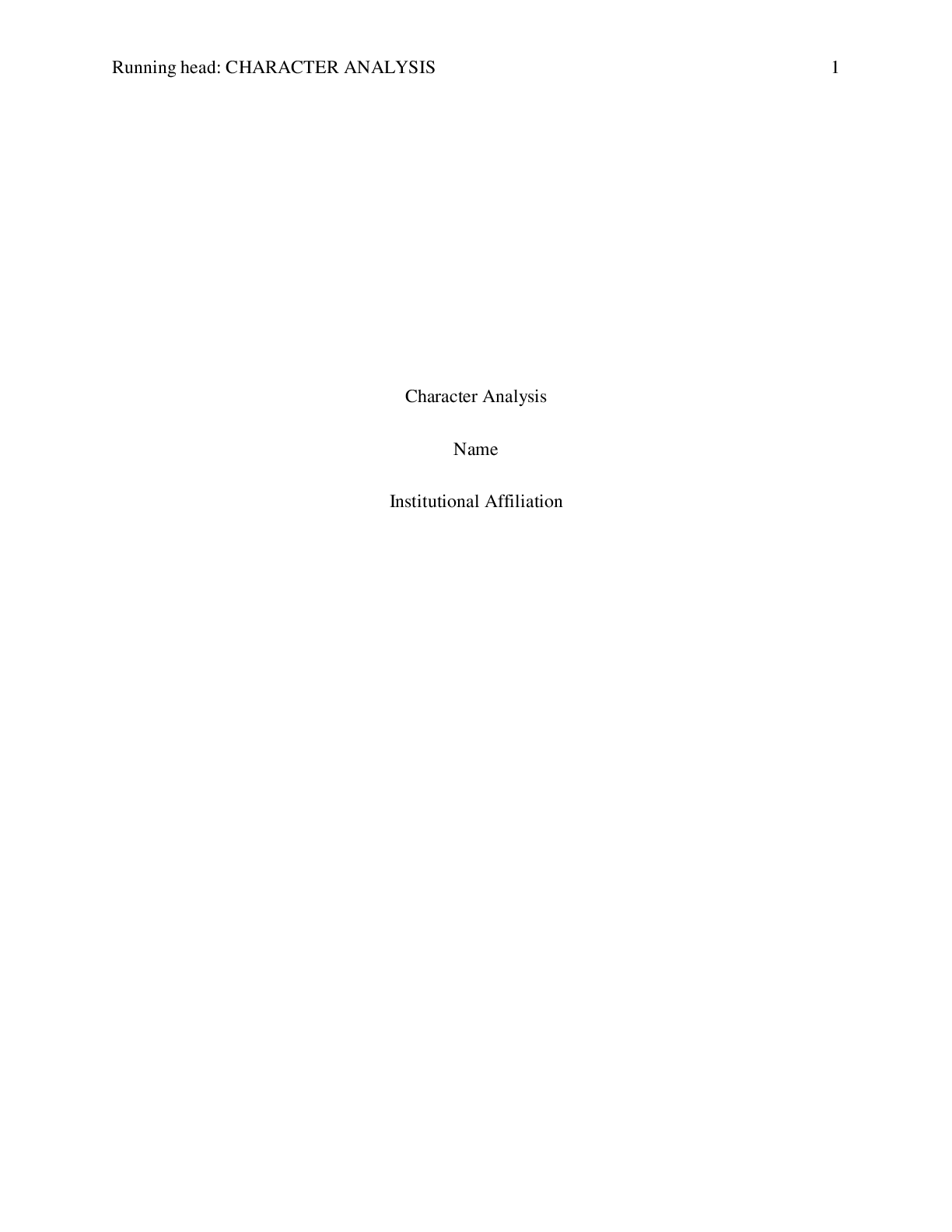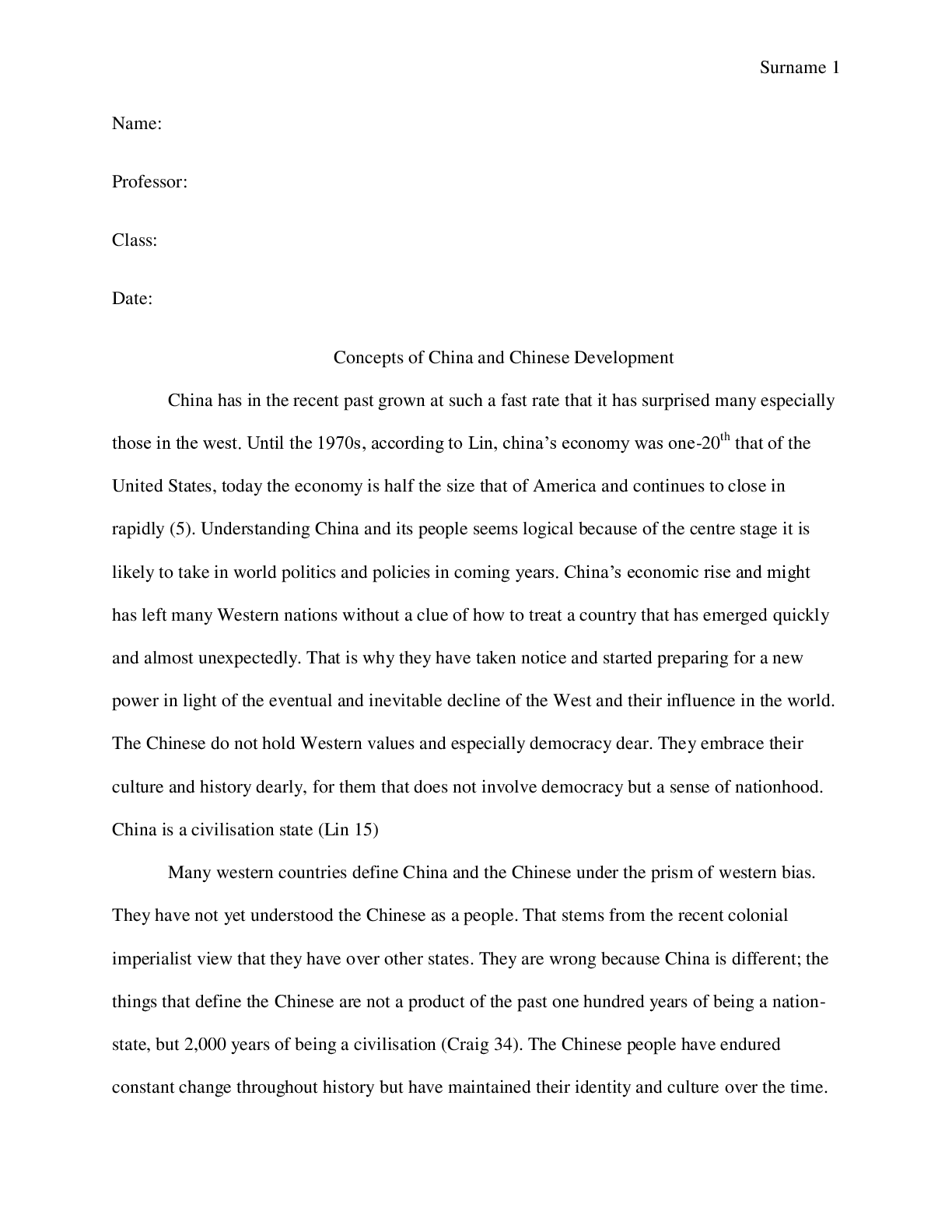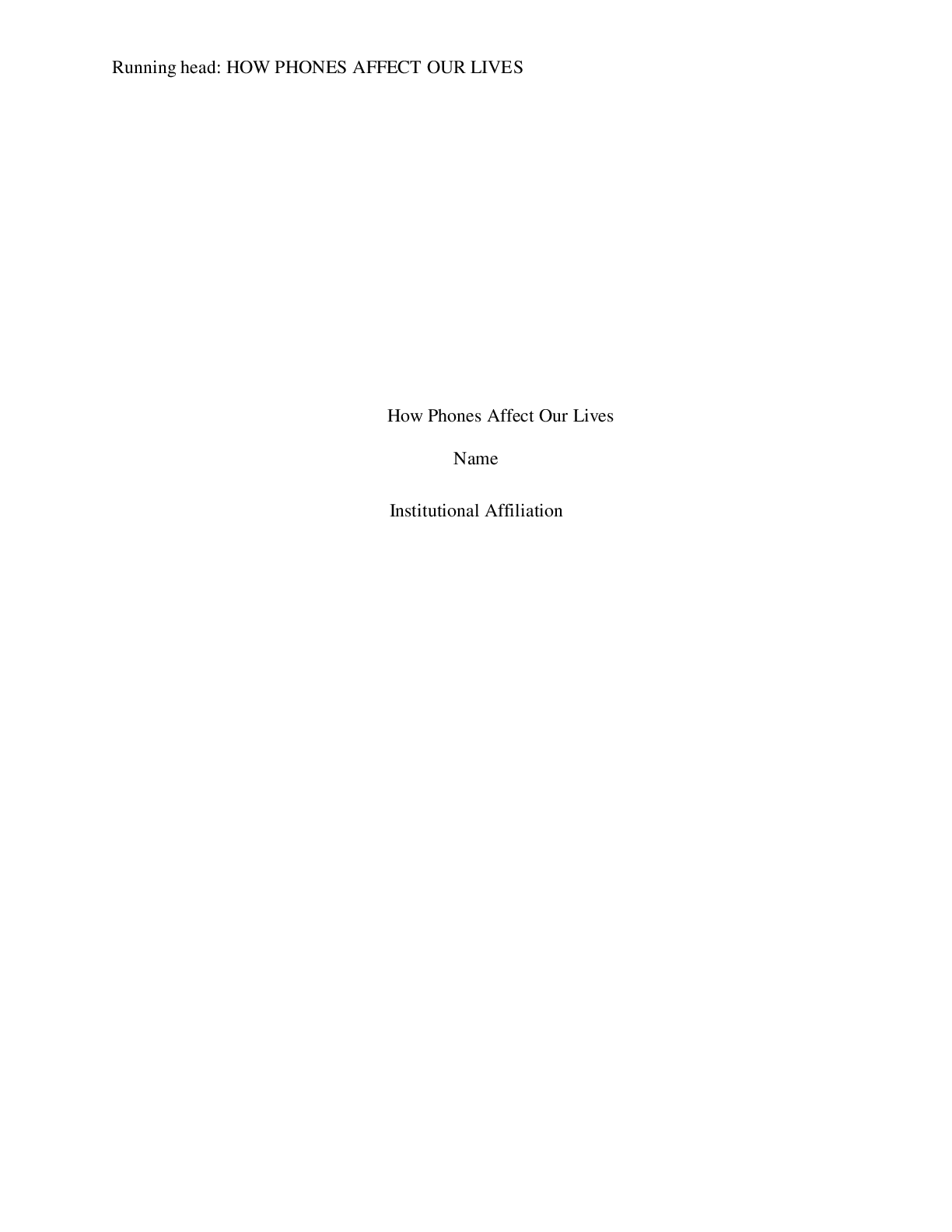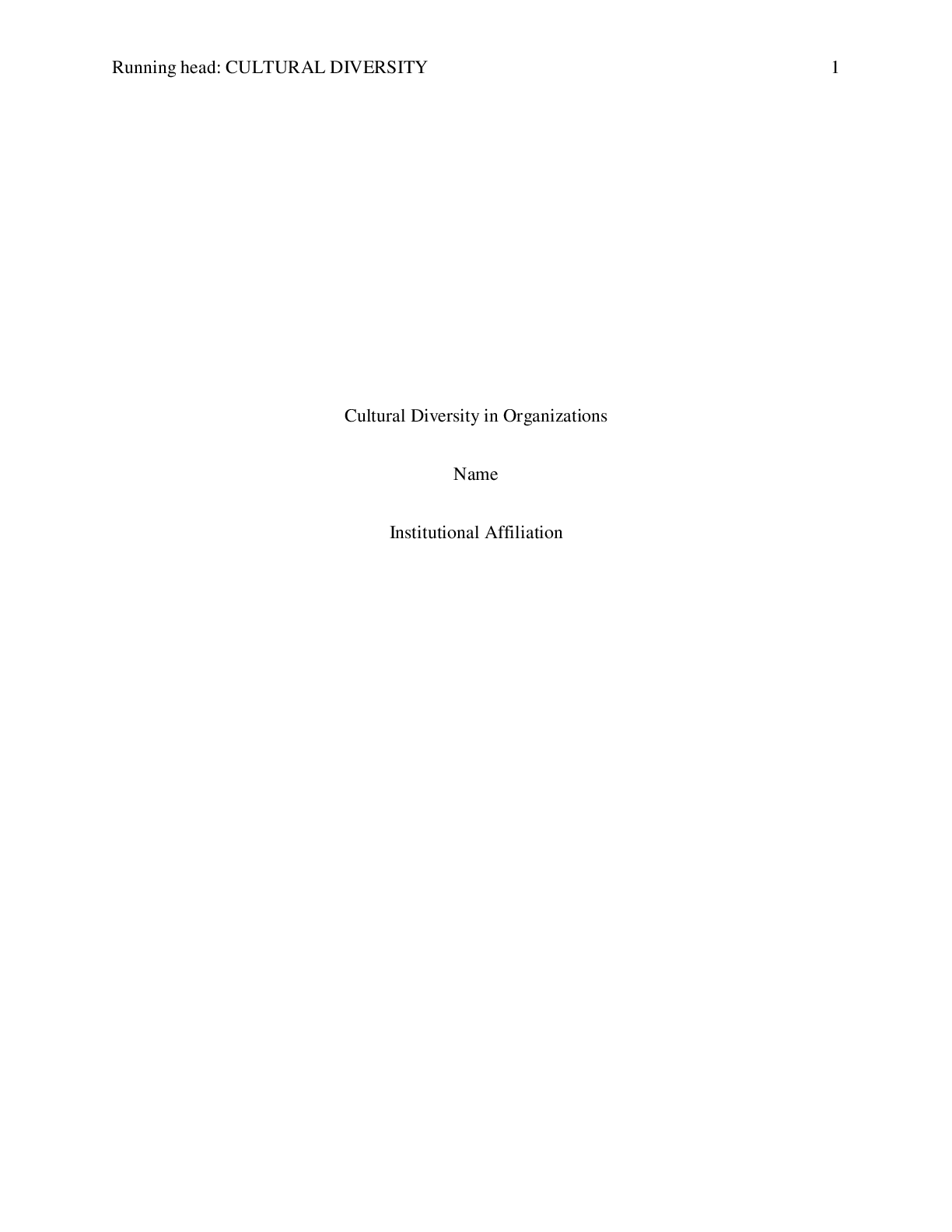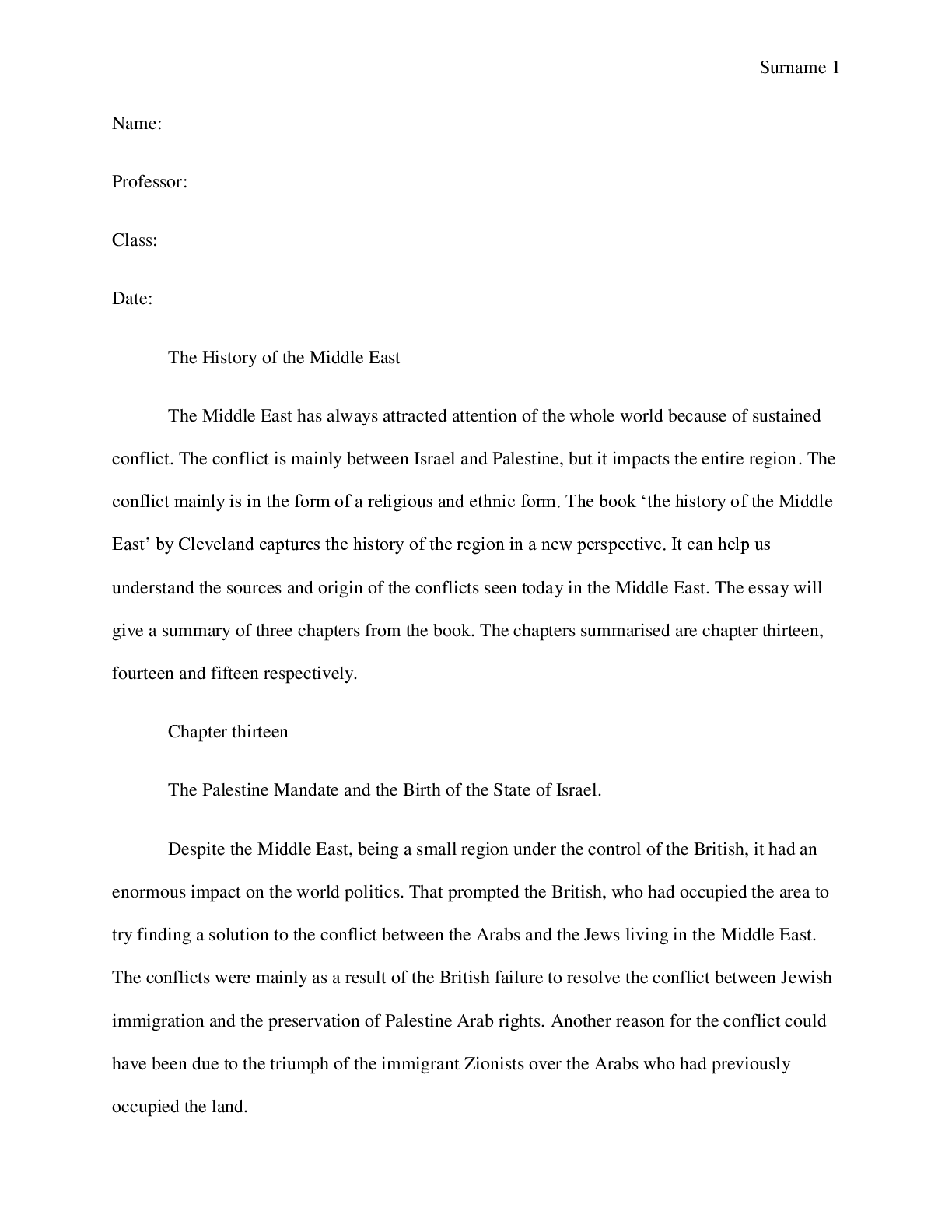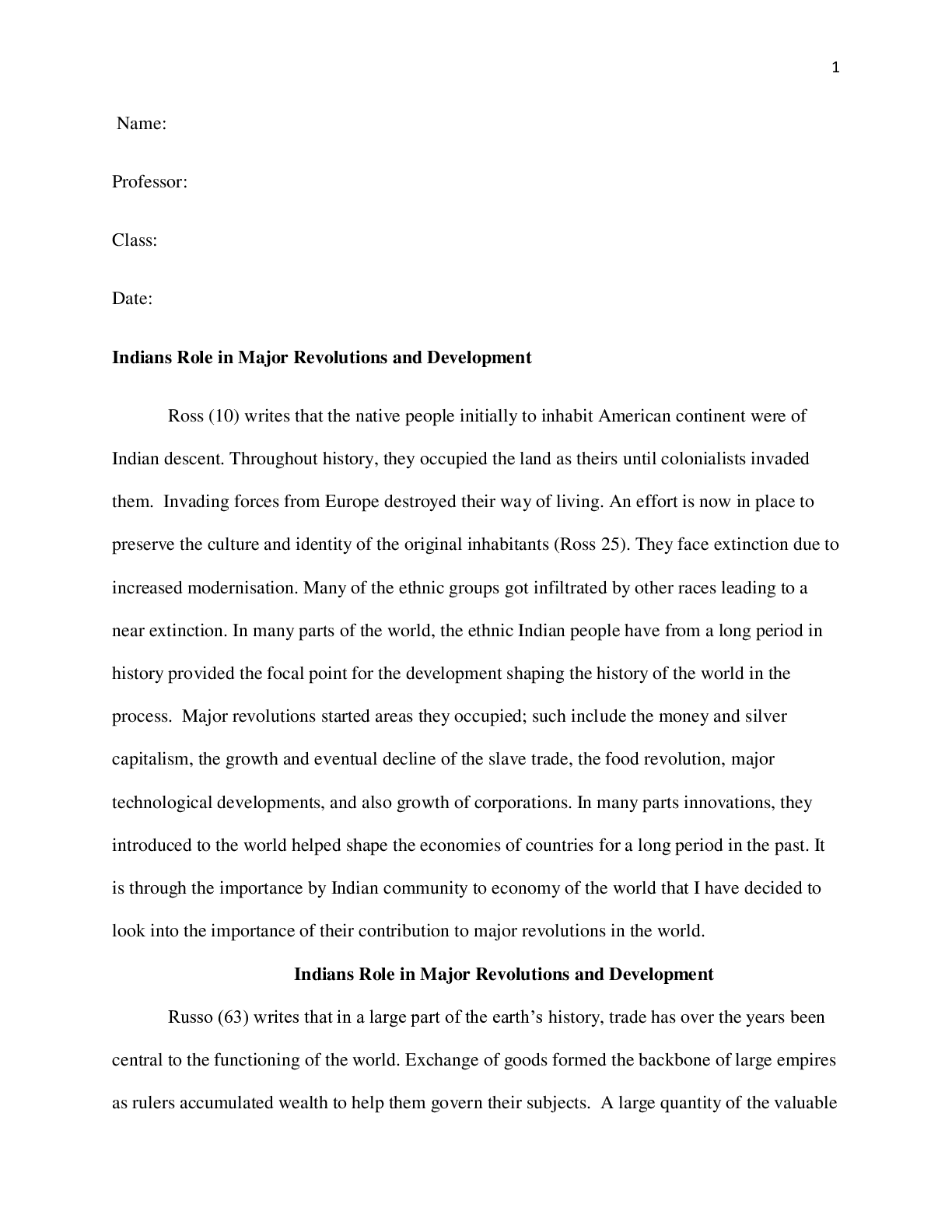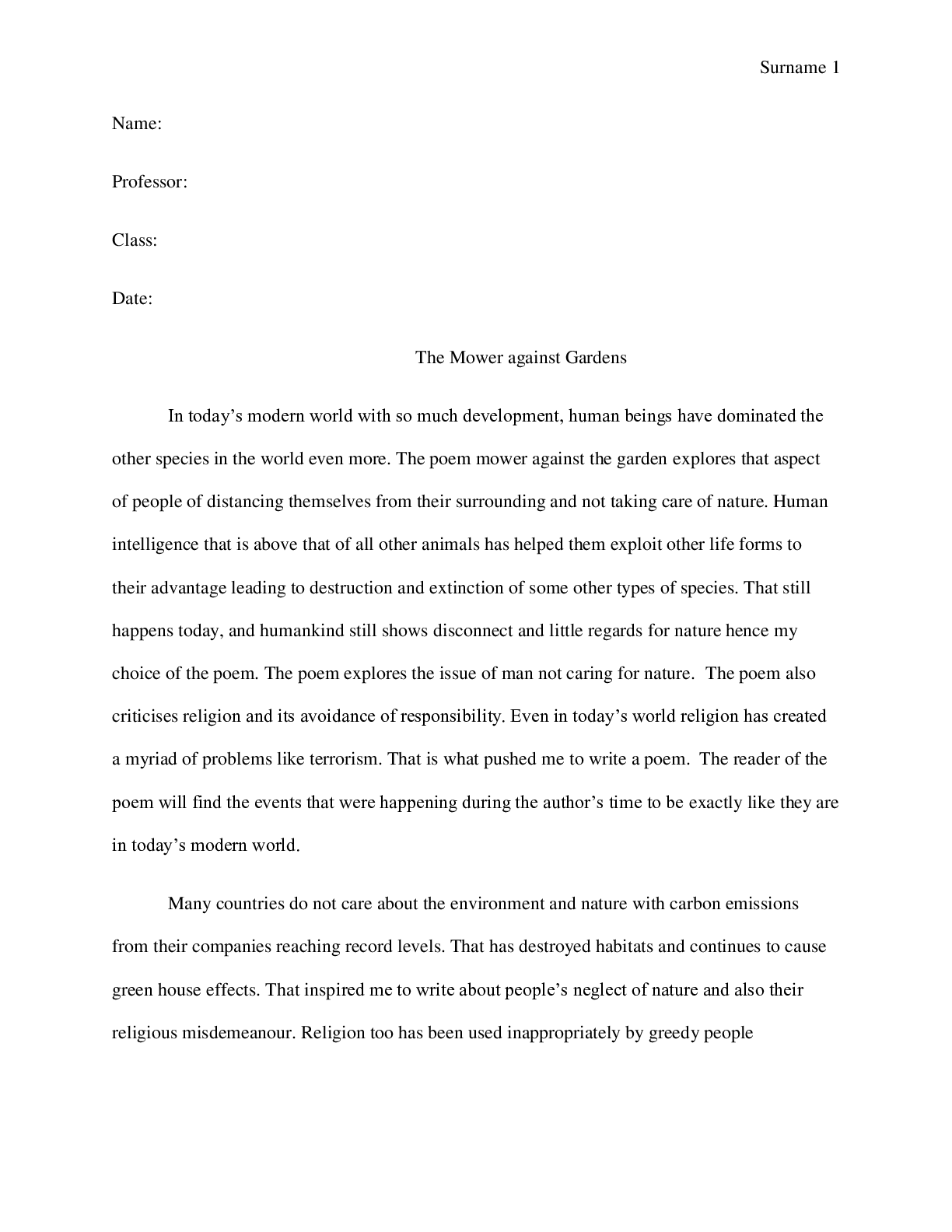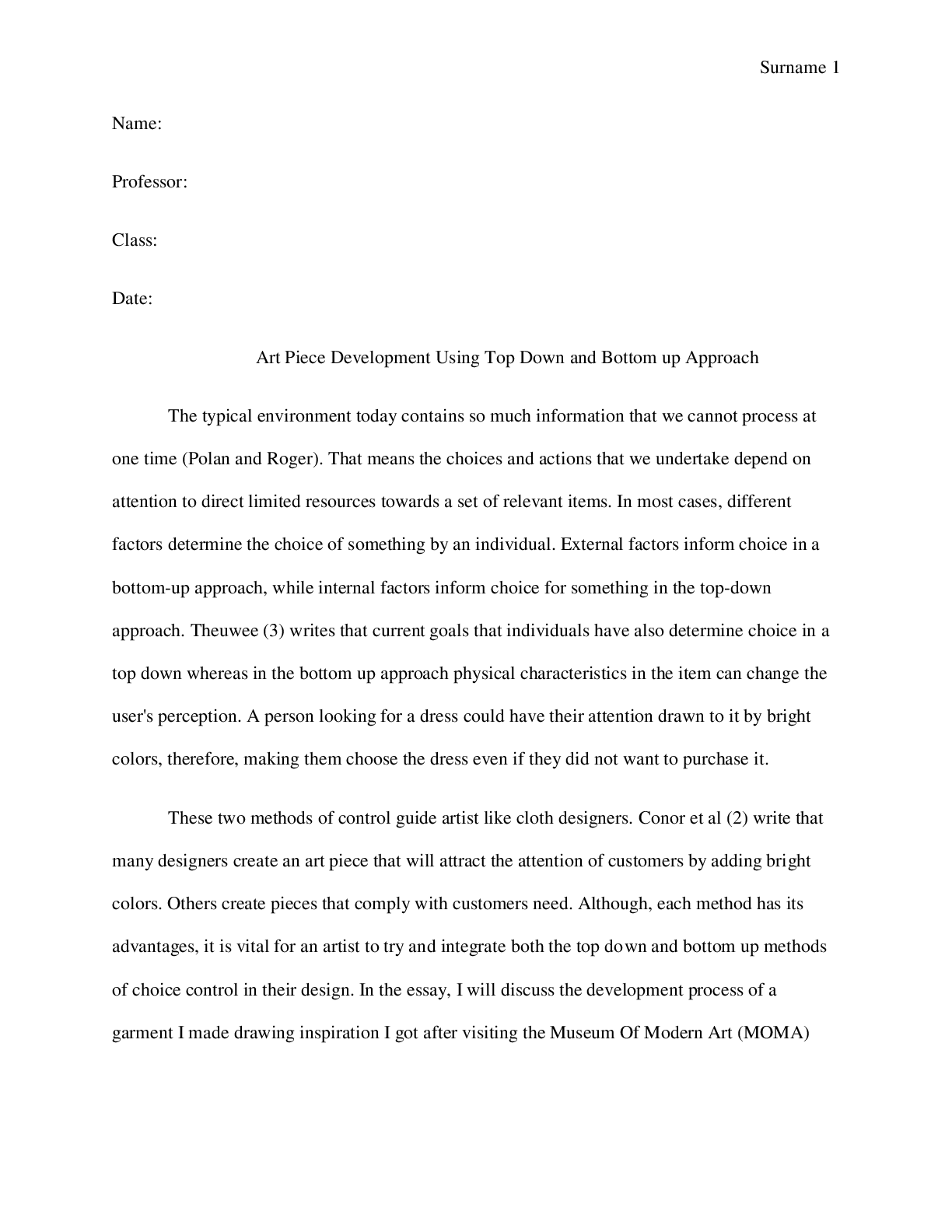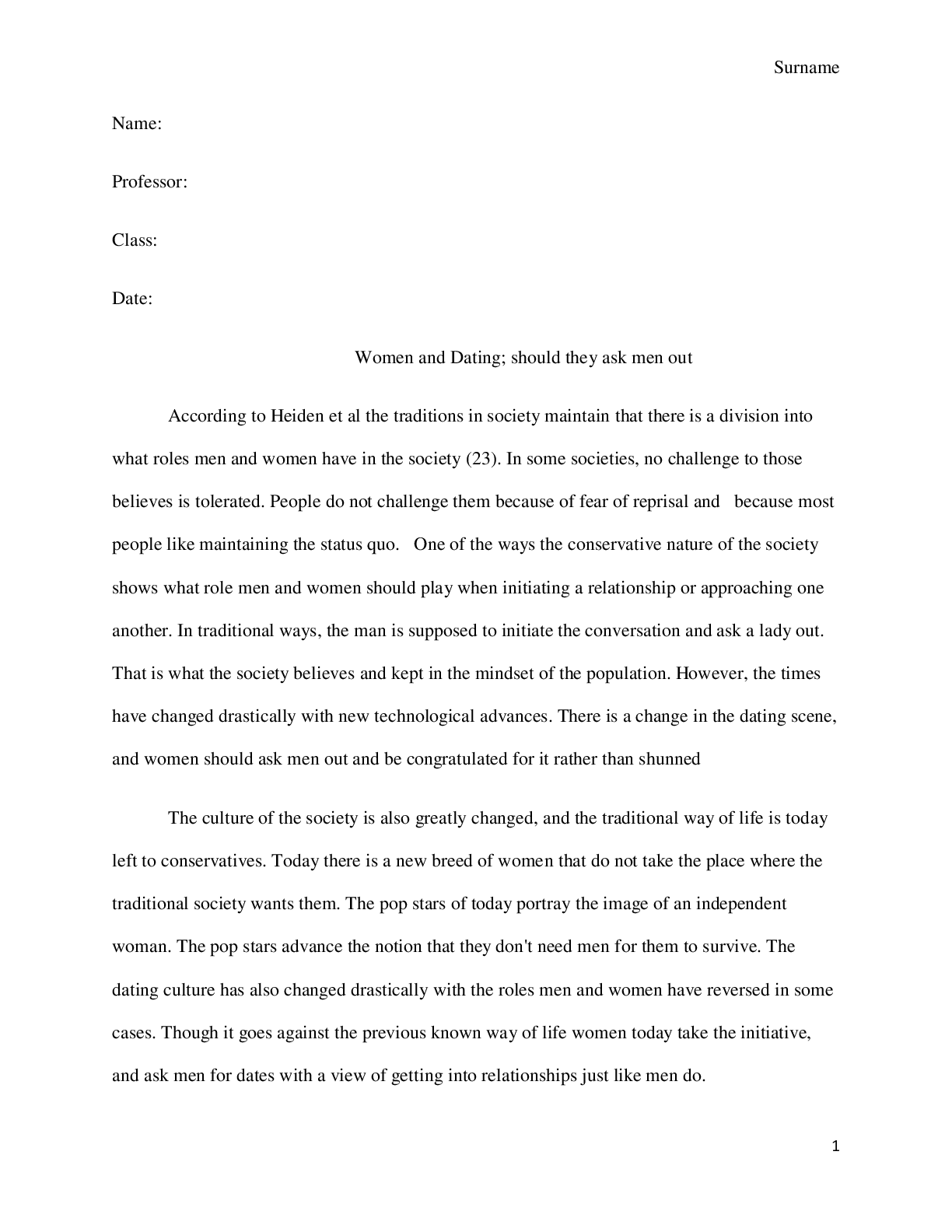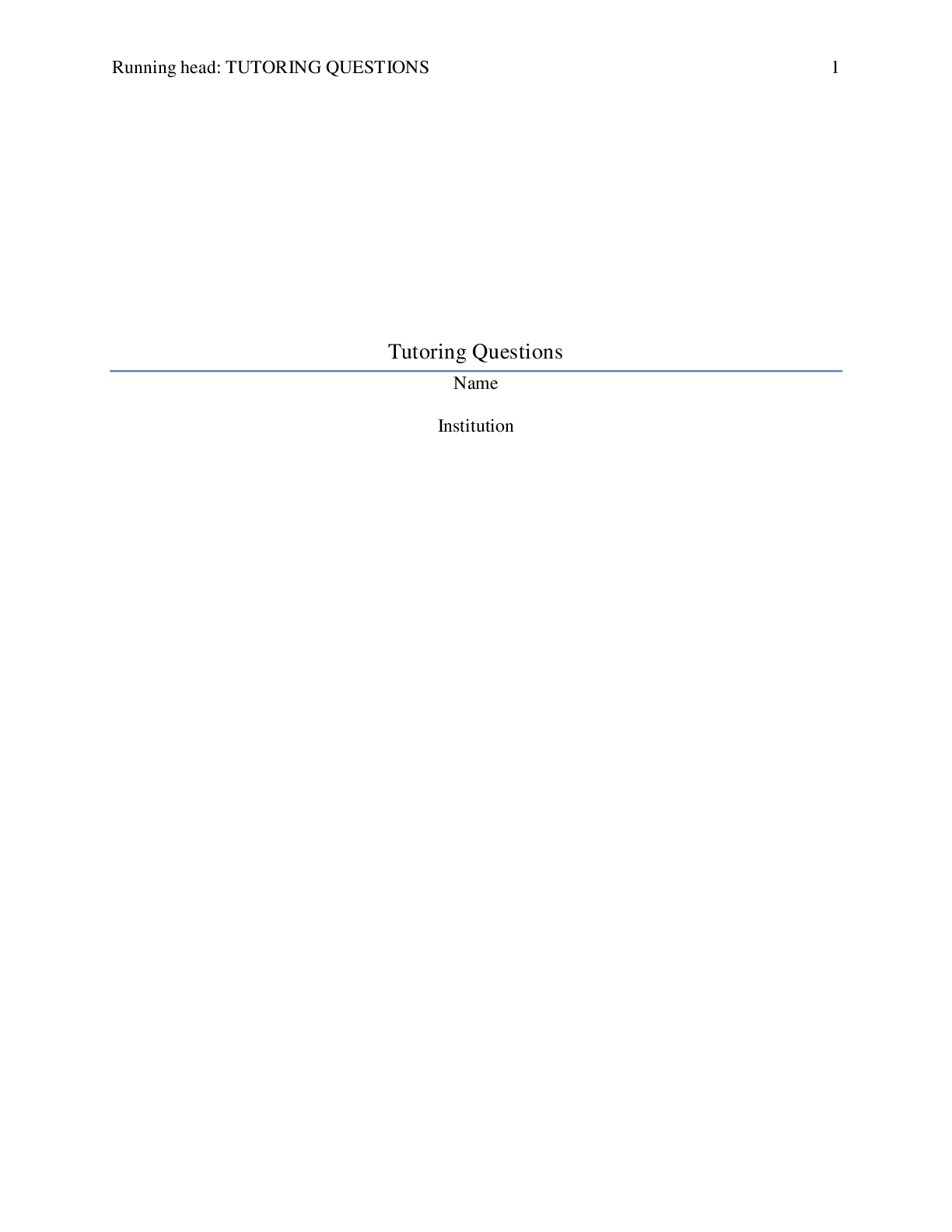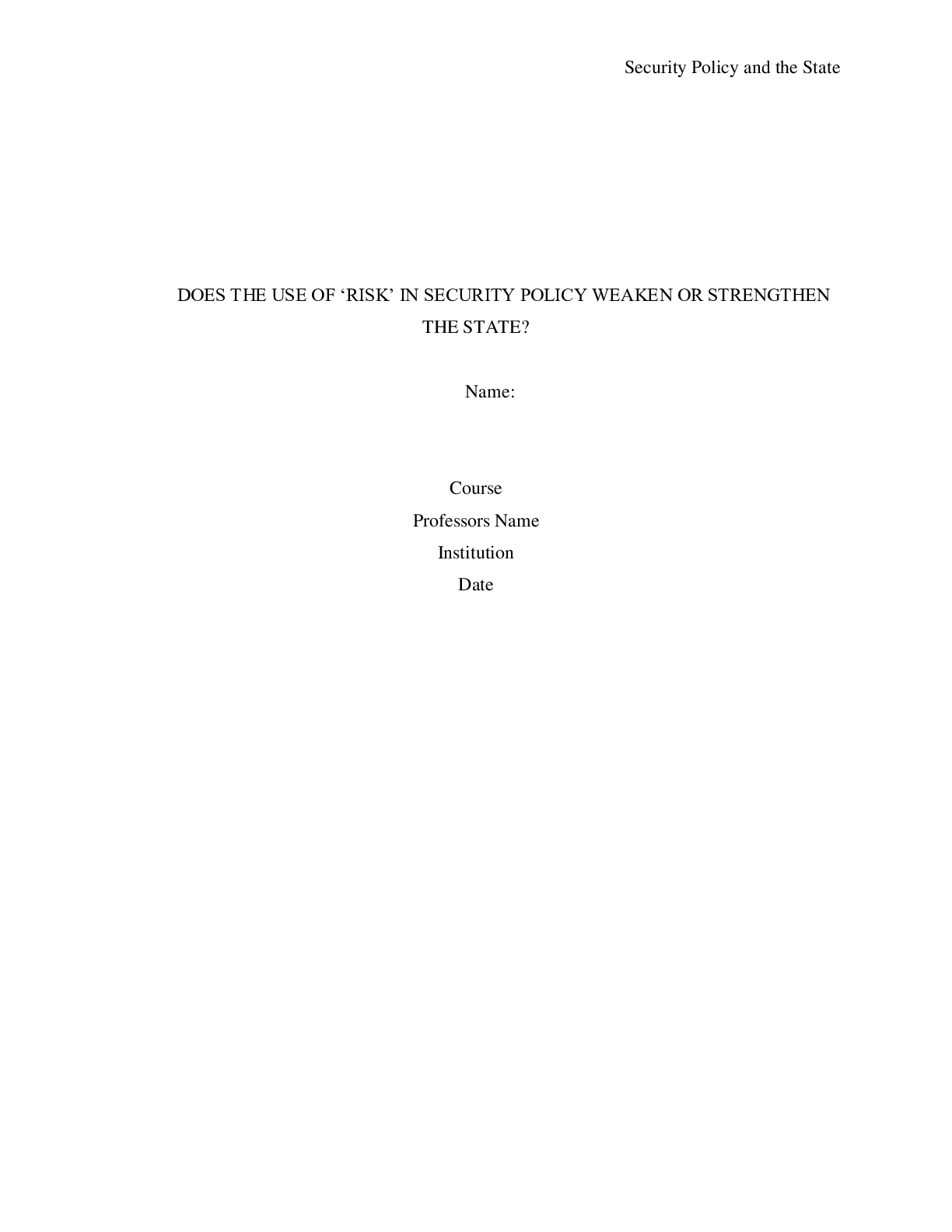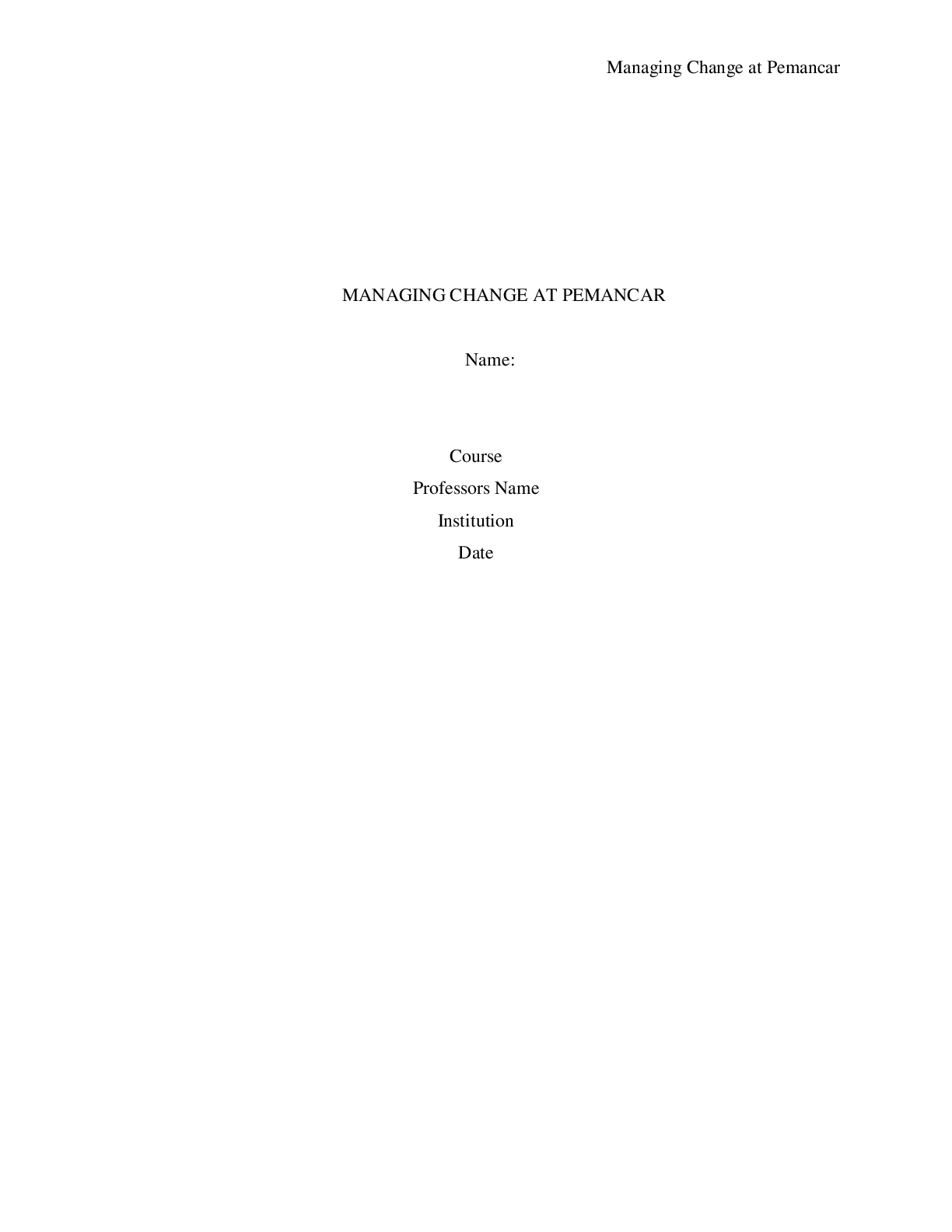Trigeminal Neuralgia and Giant Cell Arteritis Week 1
Document Content and Description Below
Trigeminal Neuralgia and Giant Cell Arteritis Week 1 Demographics: Trigeminal neuralgia: can occur at any age but is more common in patients who are 50 or older (NIH, 2019). The incidence for this c... ondition is 12 per 100, 000 population. Women are most affected. Giant cell arteritis is also seen most commonly in patients 50 and over but the average age onset is 75 (Gossman, Peterfy, & Khazaeni, 2019). Women are most affected. Giant cell arteritis is rare, only affecting 10 to 20 people a year (Gossman, Peterfy, & Khazaeni, 2019). The condition affects all ethnicities, but patients of European descent have a tendency to get the condition. When it comes to epidemiology the only difference is that giant cell arteritis is rare. Risk Factors Trigeminal Neuralgia: Women and older adults are affected more often (Buttaro, Trybulski, Polgar-Bailey, & Sandburg-Cook, 2017, p. 1063) Giant cell arteritis: Patient 50 years or older, women, and Caucasian (Buttaro, Trybulski, Polgar-Bailey, & Sandburg-Cook, 2017, p. 1162). The more advanced the age the greater the risk. Onset of symptoms Trigeminal Neuralgia: Patient will come into the office with pain that feels as burning, sharp, penetrating, or an electric shock on one side of the face (Buttaro, Trybulski, Polgar-Bailey, & Sandburg-Cook, 2017, p. 1063). The pain will stop patient from any activity they are doing like eating or talking. Giant cell arteritis: Patient complaints of a headache with visual disturbance in some cases like blurry vision. The patient may also complaint of jaw pain when chewing. Other more general symptoms described by the patient may be fever, anorexia, night sweats, cough, and weight loss (Buttaro, Trybulski, Polgar-Bailey, & Sandburg-Cook, 2017, p. 1162). The two conditions present differently when compared side by side. Pathophysiology (knowledge demonstrated in original dialogue) Trigeminal Neuralgia: The fifth cranial nerve is called the trigeminal nerve and it has sensory and motor functions (Buttaro, Trybulski, Polgar-Bailey, & Sandburg-Cook, 2017, p. 1063) The function can be further separated into ophthalmic or v1, maxillary or v2, and mandibular or v3. The trigeminal nerve goes from the brain stem to different parts of the face including the cornea, mouth and nose. Most cases of this condition are due to vascular compression and are termed classic trigeminal neuralgia. The condition can also be caused by multiple sclerosis and trauma. Secondary trigeminal neuralgia is of unknown cause. The nerve can sometimes be compressed by cerebral arteries. Giant cell arteritis occurs when there is an inflammatory process in the aorta or carotid and its branches (Buttaro, Trybulski, Polgar-Bailey, & Sandburg-Cook, 2017, p. 1162). The cause is unknown, but the inflammation occurs in all layers of the artery causing occlusion. During that process a predominance of mononuclear infiltrates or granulomas with multinucleated giant cells are seen on the site. Some of the sites for this process can include the carotid artery and its branches. As seen above trigeminal neuralgia is due to nerve compression while giant cell arteritis is an inflammation that leads to occlusion of the artery. Assessment (physical assessment, diagnostic testing) Trigeminal Neuralgia: The patient will describe an electric shock like pain that can last a fraction of a second or more. The pain is usually unilateral but can rarely be bilateral. V3 and V2 are usually involved but when V1 is also included symptoms like diplopia, blurry vision, and lacrimation can be seen (Shankar Kikkeri, 2020). The patient will have trigger zones that when touched or stimulated will produce the symptoms. The patient is aware of the zones and will avoid stimulation. Men may be seen with hair patches on their beard because shaving the area will trigger symptoms. Brushing teeth, washing face, and chewing are other triggers the provider can ask about and will help narrow the differential diagnosis (Shankar Kikkeri, 2020). Physical examination should include head, neck, eyes, ears, teeth, mouth, and temporomandibular to rule out other conditions (Shankar Kikkeri, 2020). The provider should be able to find the triggers zones. In the patient with classic Trigeminal neuralgia the neurological and physical examination is normal. If neurological changes are seen like sensory loss the provider must consider secondary trigeminal neuralgia, which is an emergency. Common complaints for giant cell arteritis include headache, vision loss, jaw claudication, fever, fatigue, anorexia, and temporal tenderness (Gossman, Peterfy, & Khazaeni, 2019). Patients may have been experiencing the headache for 2-3 months. Headache worsens with exposure to cold temperatures or pressure from the pillow exerted on the artery. During the physical examination the provider may notice thickening of the temporal artery with pain, erythema, or nodular skin around the area. The patient with giant cell arteritis may show symptoms of TIA or stroke (Gossman, Peterfy, & Khazaeni, 2019). If there is optical nerve compression, pupillary symptoms may be seen. The diagnosis of the condition is more complicated if the site of compression is other than the temporal artery. ............continued.............. [Show More]
Last updated: 1 year ago
Preview 1 out of 7 pages

Reviews( 0 )
Document information
Connected school, study & course
About the document
Uploaded On
Feb 23, 2021
Number of pages
7
Written in
Additional information
This document has been written for:
Uploaded
Feb 23, 2021
Downloads
0
Views
42


